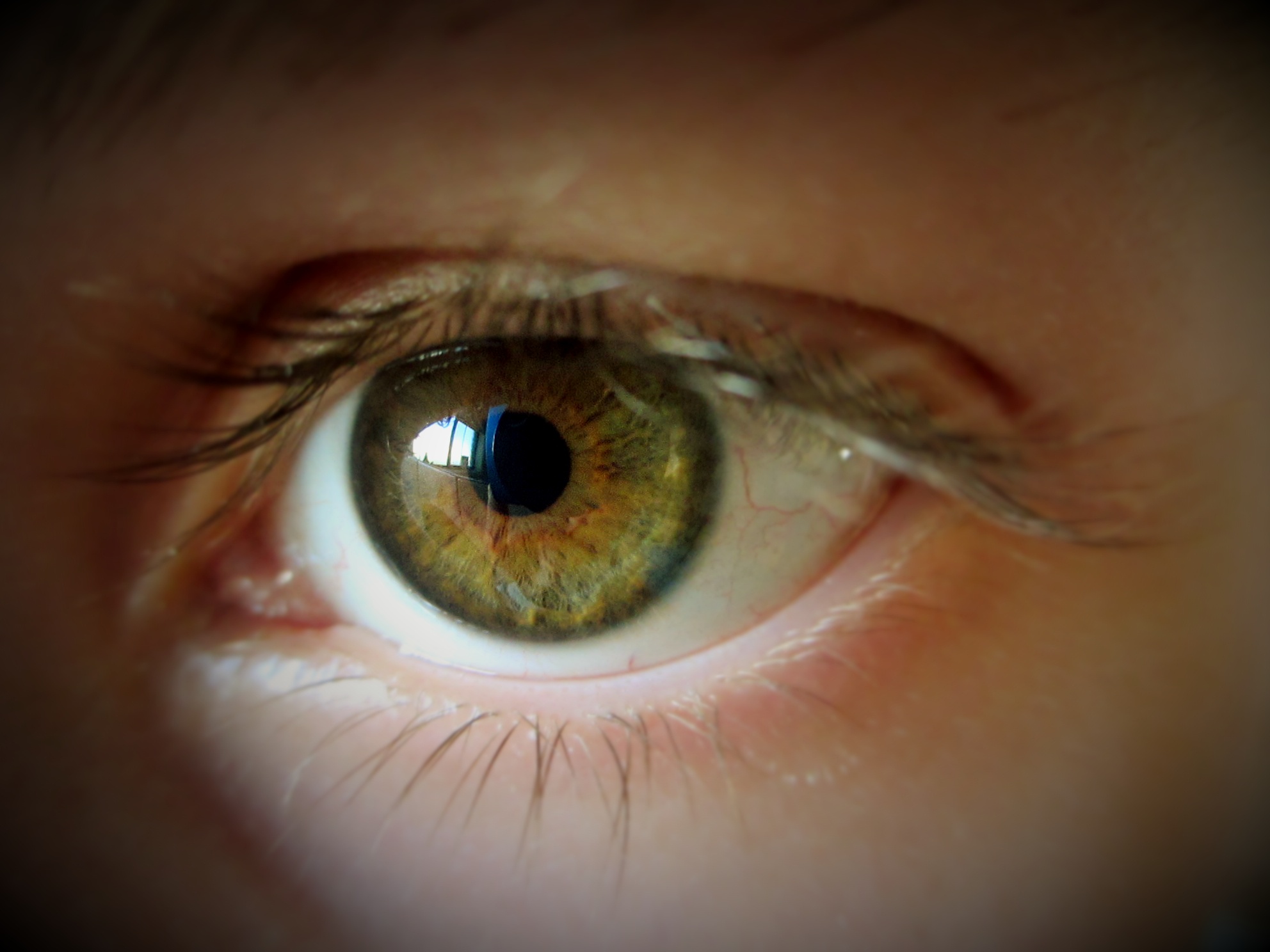

Light is scattered and reflected by the iris, and some wavelengths (colors) scatter more easily than others.Įyes with high concentrations of melanin absorb more light entering the eye, so less is scattered and reflected back from the iris. Melanin in the iris absorbs different wavelengths of light entering the eye. So how can a dark brown pigment create blue, green or hazel eyes? This is possible because of two processes: Eyes merely have different amounts of melanin, which is a dark brown pigment. There are no blue, green or hazel pigments in the eye. This is because these individuals naturally have more melanin in their eyes and skin. Those who end up with green eyes or hazel eyes develop a little less.īabies of African-American, Hispanic and Asian ethnicities are usually born with dark eyes that stay brown throughout life. In the first few years of life, more melanin may accumulate in the iris, causing blue eyes to turn green, hazel or brown.īabies whose eyes turn from blue to brown develop significant amounts of melanin.
#HAZEL BROWN EYES FULL#
The reason many white, non-Hispanic babies are born with blue eyes is that they don't have the full amount of melanin present in their irises at birth.
#HAZEL BROWN EYES SKIN#
The pigment responsible for eye color is called melanin, which also affects skin color. The pigmented structure inside the eye that surrounds the pupil and gives eyes their color is called the iris. Schedule an appointment with an eye doctor, and get those gorgeous eyes checked out. Protect and preserve those hazel stunners by keeping up with routine eye exams. They're also lighter in color and therefore more susceptible to sun damage and vision problems. This phenomenon has little to do with genetics, but it does help explain where hazel eyes come from. Many white, non-Hispanic babies are born with blue eyes and then develop brown, green or hazel eyes in childhood. Recent research has shown that up to 16 genes (not just one or two) may influence eye color, which makes predicting eye color much more difficult.ĭue to variations in the interaction and expression of multiple genes, it's hard to say for sure what color a child's eyes will be based on the color of his or her parents' eyes.įor example, we now know it's possible for two blue-eyed parents to have a child with brown eyes - something the old model of eye color inheritance would have deemed impossible.Īlso, eye color can change dramatically in the first few years of life. That would mean that two parents with blue eyes cannot have a child with brown eyes because neither parent carries the dominant form of the gene for brown eyes.īut it turns out the story is more complicated than that. Most of us were taught in high school science class that we inherit our eye color from our parents, and that brown eye color is dominant and blue is recessive. So where does this stunning color come from? How eye color is determined One of the reasons it's so hard to describe hazel-colored eyes is that the hue itself seems to change, depending on what you wear and the type of lighting you are in.Īlso, although hazel eyes appear to contain hues of green, amber and even blue, these color pigments don't exist in the human eye. Some say it looks like hazelnut, while others call it golden or brownish green. For starters, people describe this beautiful eye color in many different ways.


 0 kommentar(er)
0 kommentar(er)
